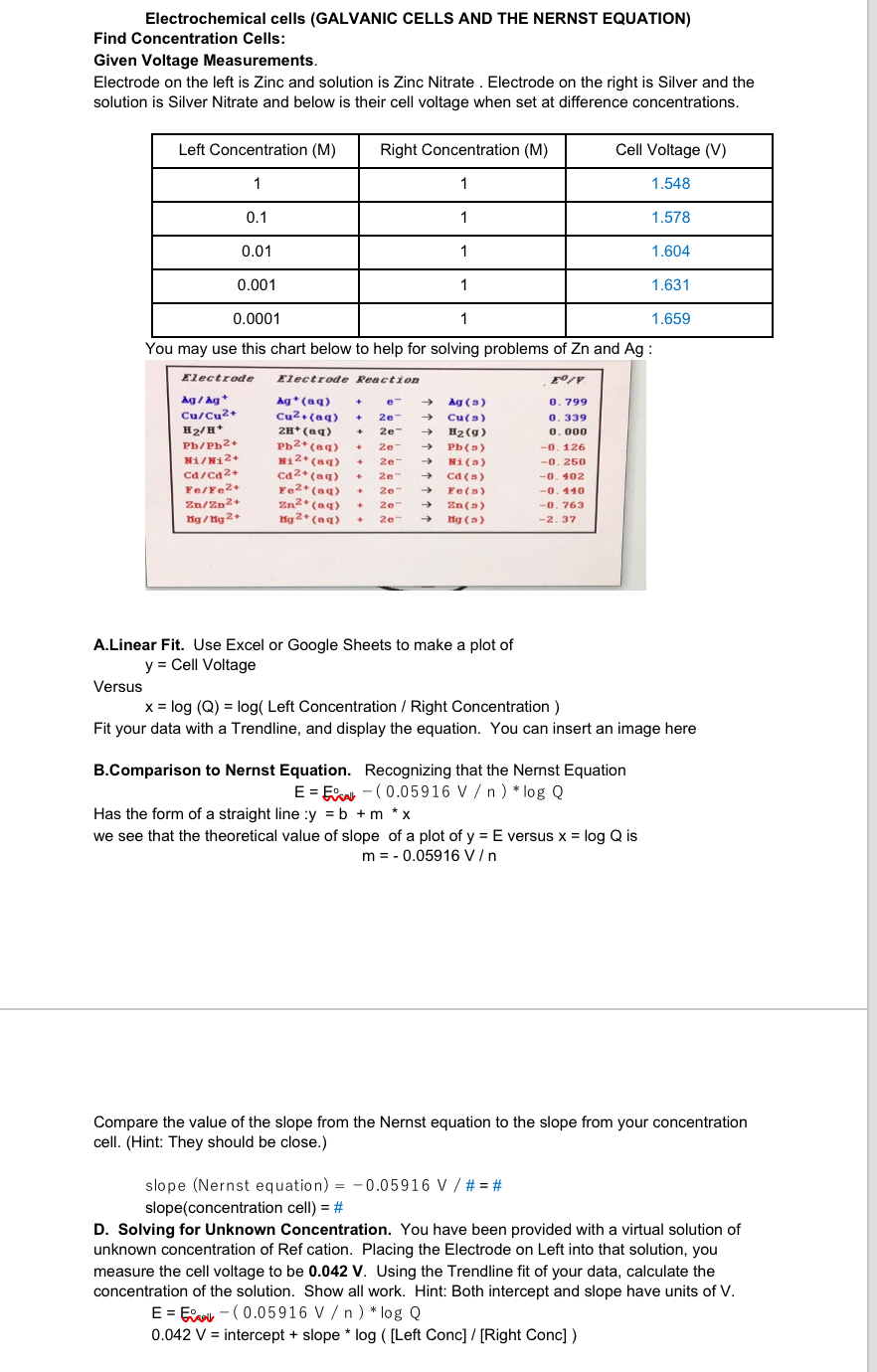
The syntax of the Excel TREND function is as follows: The Excel TREND function is used to calculate a linear trend line through a given set of dependent y-values and, optionally, a set of independent x-values and return values along the trend line.Īdditionally, the TREND function can extend the trendline into the future to project dependent y-values for a set of new x-values. Trend formula with multiple sets of x-values.Trendline analysis based on historical data.
#Excel trendline equation to cell how to#

See Also: "Add a Trendline to a Chart" on page 471.The tutorial shows how to calculate trend in Excel by using the TREND function, how to create trends on a graph, and more. =INDEX(LINEST(C2:C35),1,2) will return the second element from the array. =INDEX(LINEST(C2:C35),1,1) will return the first element from the array. If you try to select two cells that are one above the other, you will just get two copies of the slope.Īlternate Strategy: A different method is to use the INDEX function to pluck a specific answer from the array. Gotcha: When you select two cells for the LINEST function, they must be side by side. forecast to see if the sales match a trend.

You can also see that the formula predicts that you will be selling almost $20,000 per month one year from now. As shown below, the resulting chart shows that the predicted trendline comes fairly close to the actuals. You clear cell B1, select B1:D47, and select Insert, Line, Line with Markers. You will now be able to graph columns B:D to show how well the prediction matches the historical actuals.Īdditional Details: When the data along one axis of your data contains dates, it is best to delete the heading in the upper-left corner of your data set before creating the chart.

#Excel trendline equation to cell plus#
The formula is the intercept in F2 plus the slope in E2 times this row's month number. In column D, enter a formula to calculate the predicted sales trendline. Excel returns both the slope and the y-intercept. After you type the closing parenthesis, press Ctrl+Shift+Enter. Select two cells that are side by side.It turns out that Excel really wants to return two numbers from the function. The first time you do this, you might wonder how the number 204.81 could describe a line. Entering the formula the wrong way returns a single answer of 204.8133. If you select a single cell and enter =LINEST(C2:C35), it will return a single number, which is of no help. Instead of returning one number, it actually returns two (or more) numbers as the result. This is just my wild guess Excel can calculate the number exactly. In this case, the value for b would be 10,000, and the value for m would be 400. If you were to look at the data, you might guess that the prediction for a given month is $10,000 + Month number x $400.

In this example, y is the revenue for the month, m is the slope of the line, x is the month number, and b is the y-intercept. You might remember from math class that a trendline is represented by this formula: y = mx + b Excel offers a function called LINEST that will calculate the formula for the trendline. Strategy: You can use the least-squares method to fit the sales data to a trendline. Problem: I have monthly historical sales data.


 0 kommentar(er)
0 kommentar(er)
